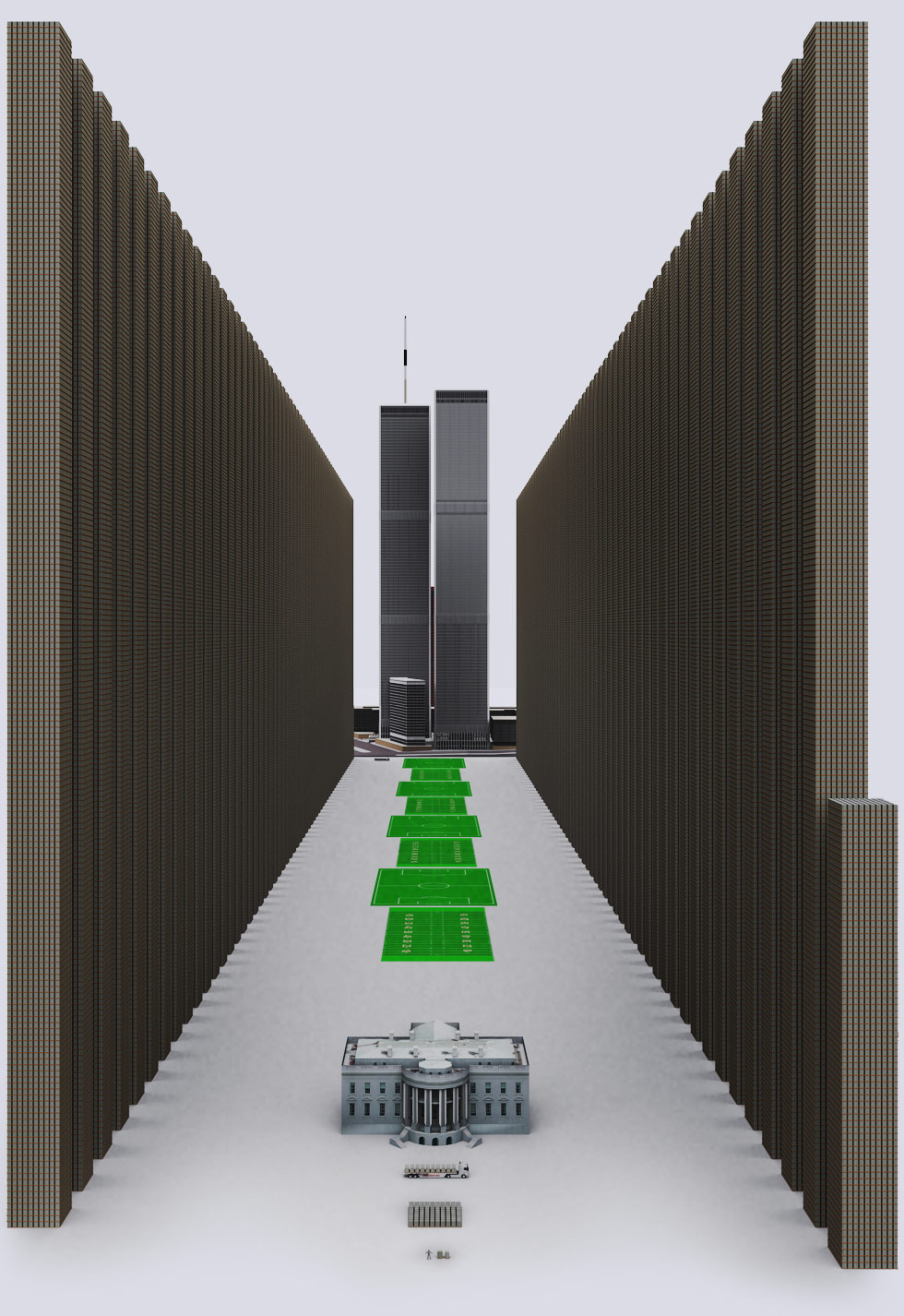ENOUGH! [BASTA][Draft/BETA][Introduction]
 Tuesday, June 12, 2012 at 08:59AM
Tuesday, June 12, 2012 at 08:59AM  9 Biggest Banks' Derivative Exposure - $228.72 Trillion
9 Biggest Banks' Derivative Exposure - $228.72 Trillion
ENOUGH! [BASTA][Draft/BETA][Introduction]
By Paul McLean
[NOTE]: The following text is the next installment of the series ENOUGH! - which is being developed as a resource for CO-OP/Occuburbs, an OwA production for Huntington, LI. This draft is open to revision, refinement and is introduced for the purposes of community review.
Humanity? Yes, it's OK – some great talks, some great arts. Concrete people? No, 99% are boring idiots.
- Slavoj Žižek (http://www.guardian.co.uk/culture/2012/jun/10/slavoj-zizek-humanity-ok-people-boring)
The feeling of humiliation is nothing but the feeling of being an object. Once understood as such, it becomes the basis for a combative lucidity in which the critique of the organization of life cannot be separated from the immediate inception of the project of living differently. Construction can begin only on the foundation of individual despair and its transcendence; the efforts made to disguise this despair and pass it off under another wrapper are proof enough of this, if proof were needed. What is the illusion which stops us seeing the disintegration of values, the ruin of the world, inauthenticity, non-totality?
- Raoul Vaneigem, The Revolution of Everyday Life ("Humiliation," p. 21)
To all those who still wish to talk about man, about his reign or his liberation, to all those who still ask themselves questions about what man is in his essence, to all those who wish to take him as their starting-point in their attempts to reach the truth, to all those who, on the other hand, refer all knowledge back to the truths of man himself, to all those who refuse to formalize without anthropologizing, who refuse to mythologize without demystifying, who refuse to think without immediately thinking that it is man who is thinking, to all these warped and twisted forms of reflection we can answer only with a philosophical laugh - which means, to a certain extent, a silent one.
- Michel Foucault, LES MOTS ET LES CHOSES [Trans., The Order of Things, ("Man and His Doubles," p. 343)]
Why do critics thus periodically proclaim their helplessness or their lack of understanding? It is certainly not out of modesty...All this means in fact that one believes oneself to have such sureness of intelligence that acknowledging an inability to understand calls in question the clarity of the author and not that of one's own mind. One mimics silliness in order to make the public protest in one's favour, and thus carry it along advantageously from complicity in helplessness to complicity in intelligence.
- Roland Barthes, Mythologies ("Blind and Dumb Criticism," p. 34)
Ambrose in his shop.
thank you.
I am a fan of never leaving a stone unturned.
after gluing and shaping three boards
I just couldn't in all concience finish
with glass withoutgetting the weight down.
I've got the band saw. I need to re-split the boards
had I comitted to chambering at the outset,yes,
life would be a whole lot different... and easier.
when I get more wood I will be more coherent.
no greater learning than doing things the hard way.
...ambrose...
now I will check c-list for the beam saw...
- ambrose m.curry III
ENOUGH! [BASTA!]
1
Derivatives
Illusion
Corruption
2
Origins
Truth
Innocence
Watch the whole program HERE.
[INTRODUCTION]:
When art is called "derivative" as a critique, the artwork so labeled is generally not being complemented. The term can migrate and serve as a label for an artist, again, as a pejorative. The critic is usually pointing out where in a vertical hierarchy, usually tied to chronology, an artwork or artist fits on the basis of originality. Anti-originality, keep in mind, has been a darling of the anti-art factions for nearly a century. The "traditional" art world is keen on its own version of "trickle down theory," elevating inventors and innovators to the pinnacles of a creative pyramid schema. It's a fairly pervasive formula for assigning value in crafts, like fashion. Think of the scene in "The Devil Wears Prada," when Meryl Streep's character credits herself with playing a big part in determining the outfit the young heroine of the movie is wearing. Each iteration removed from the original is thought to be corrupted by being so situated, but the architecture is holistically maintained as a given, and relies on the B, C, D+ lines for the legitimacy of the top end. Such is the realm of Style, and it is an appendix of the Courts (the regal ones, not the judicial kind).
 admin |
admin |  Post a Comment |
Post a Comment |  ENOUGH,
ENOUGH,  corruption,
corruption,  derivatives,
derivatives,  illusion,
illusion,  media in
media in  texts,
texts,  theory
theory